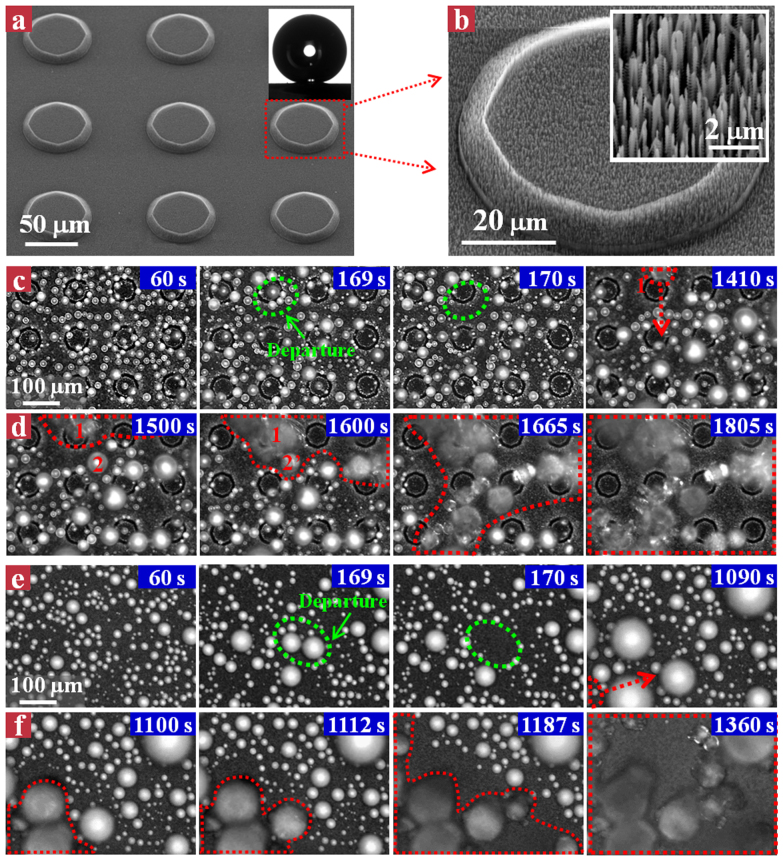Figure 1. Condensation frosting processes on the hierarchical and nanograssed superhydrophobic surfaces.
(a) Scanning electron microscopy (SEM) image of hierarchical surface with nanograssed micro-truncated cone architecture. The inset shows a 4 μL water droplet deposited on the hierarchical surface with a contact angle of ~166°. (b) A close-up SEM image showing an individual nanograssed micro-truncated cone. The inset shows the SEM image of the nanograss arrays that are coated on the micro-truncated cone. (c) Droplet freezing dynamics on the hierarchical surface at −10°C. Initially, the hierarchical surface stays in a dropwise condensation stage, with small spherical condensate droplets growing over time and constantly departing from the surface (as revealed by the green dashed line). Condensate droplets maintain their liquid state until a freezing wave invading the field-of-view, as evidenced by the rapid onset of opacity in droplet 1 circled by the red line at time of 1410 s. (d) Inter-droplet freezing wave propagation on the hierarchical surface. As the time proceeds, the inter-droplet freezing wave gradually propagates across the entire field-of-view within 395 s. (e) Droplet freezing dynamics on the nanograssed surface at −10°C. The condensate droplets exhibit remarkable jumping, though relatively less frequent compared to those on the hierarchical surface. Condensate droplets maintain their liquid state until a freezing wave invading the field-of-view at ~1090 s. (f) Inter-droplet freezing wave propagation on the nanograssed surface. As the time progresses, the inter-droplet freezing wave gradually propagates across the entire field-of-view within ~260 s, which is 50% faster than that on the hierarchical surface.

